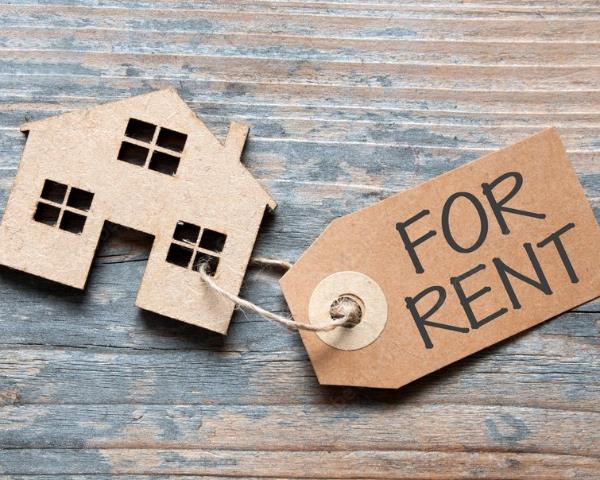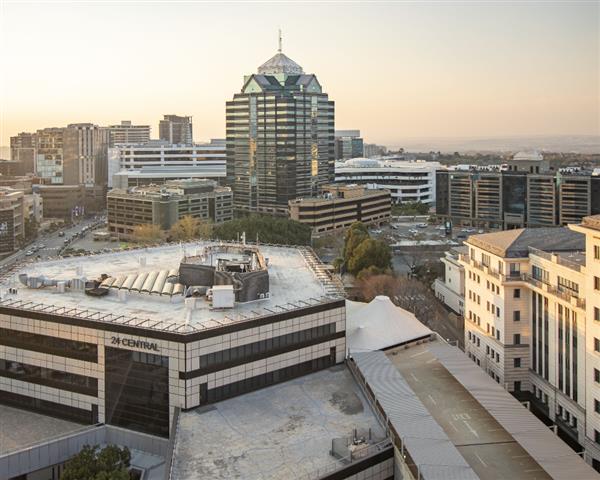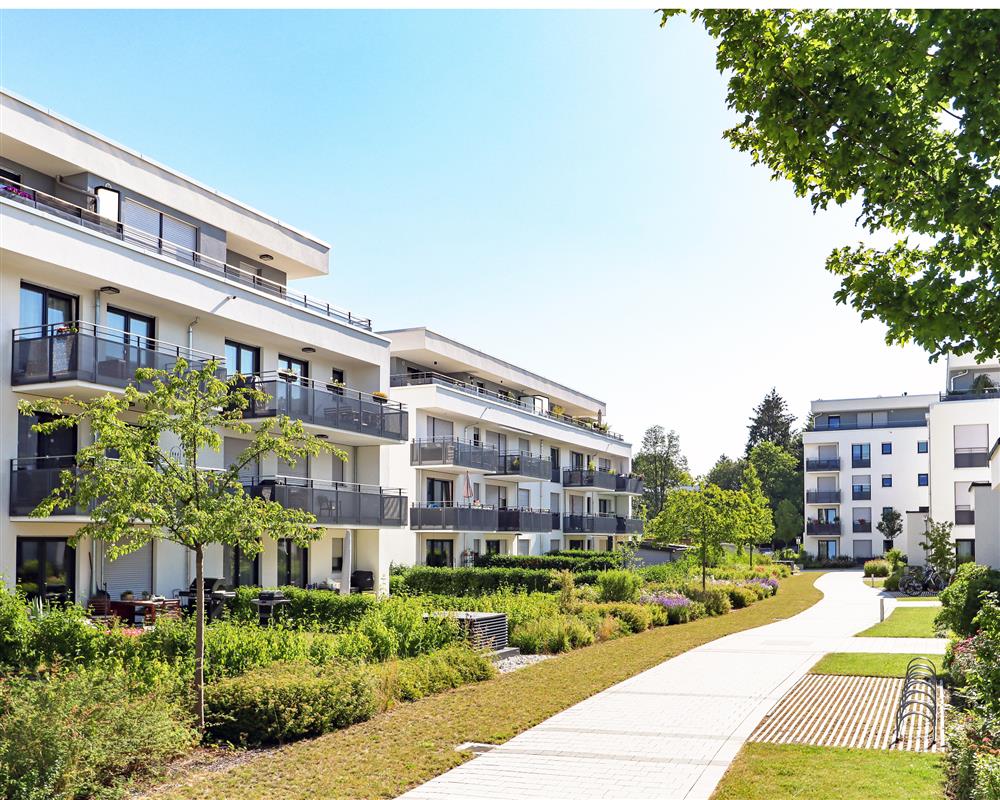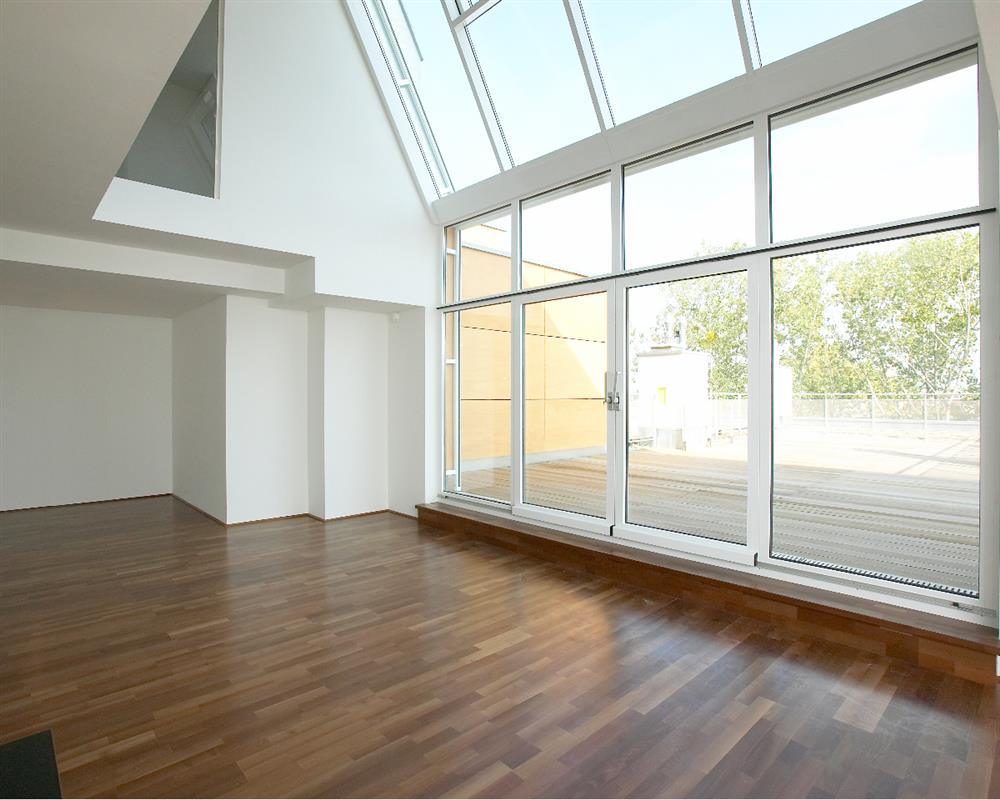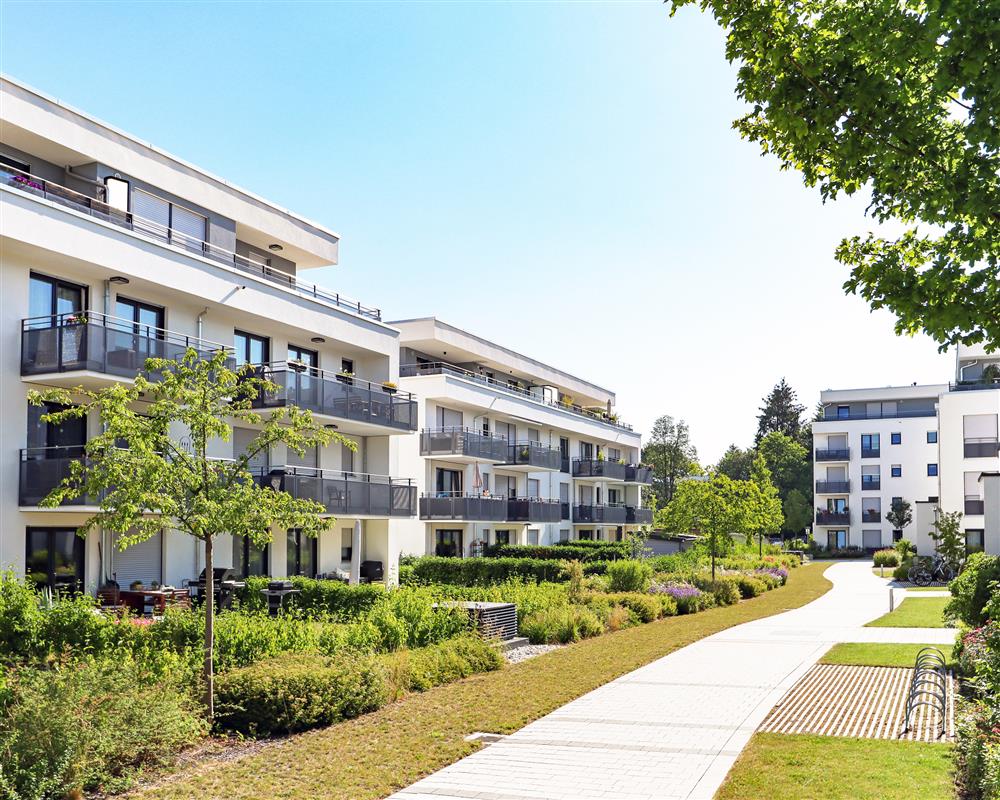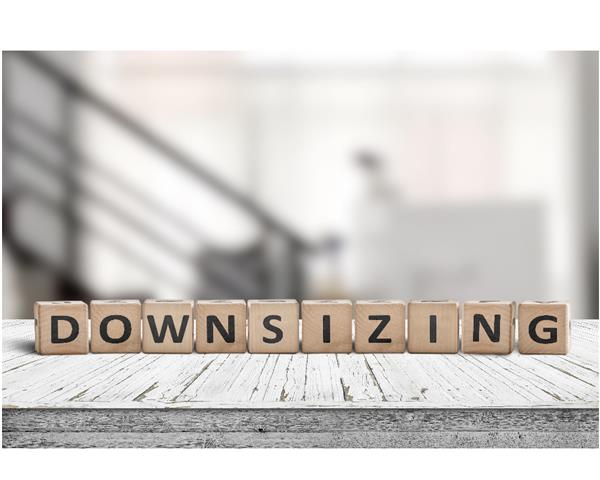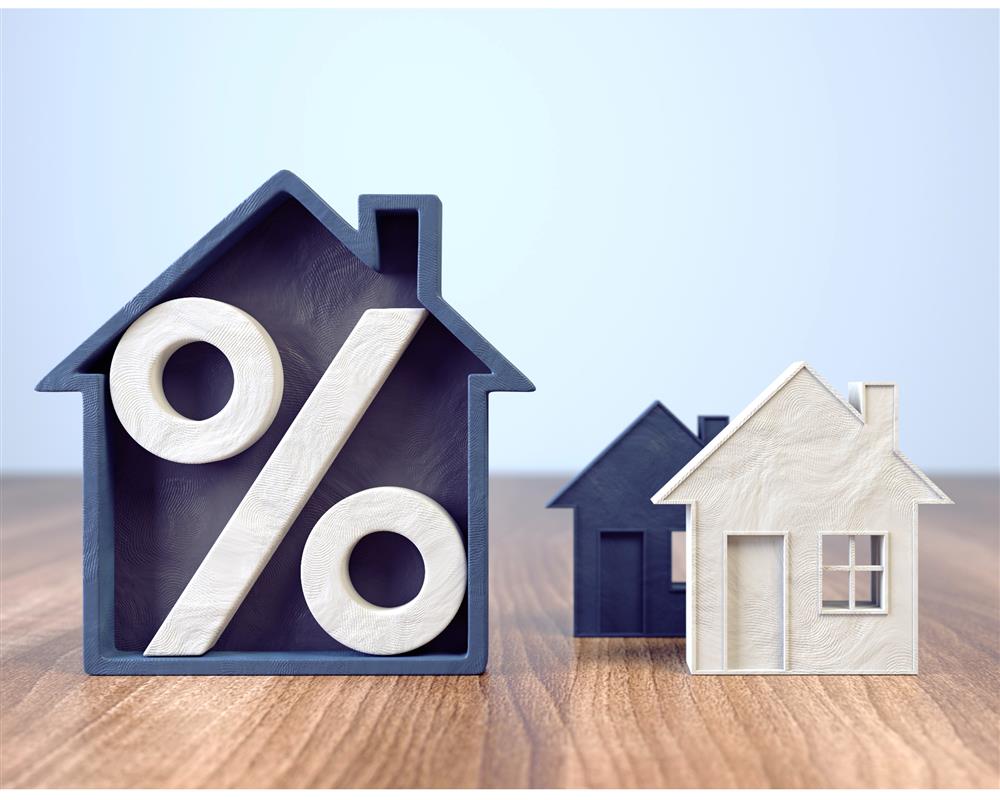
Harry Meyburgh, one of E&Y’s directors, reflects on the challenges faced in 2022 and shares his thoughts on what the new year holds for the residential property market.
Amongst other things, 2022 saw the beginning of the SARB’s aggressive policy tightening to stabilise and anchor rising inflation, after two years of historically low interest rates. In November ’22 the SARB raised the repo rate to 7% - the 7th consecutive rate hike since policy normalisation began a year prior. The next monetary policy meeting is scheduled for 24-26 January, and while opinions are mixed as to the outcome, South Africa should brace for another rate hike. Given that current inflation is still outside the MPC’s target range, we expect the repo rate to increase by a further 0.75 – 1 percentage point this year before stabilising and moving towards lower 2024 predictions. The current prime lending rate of 10.5% is .5% higher than pre-Covid levels.
We expect the rising interest rates to put pressure on all households – both tenants and homeowners – and impact all facets of the housing market.
What does this mean for Prospective Buyers and Sellers?
The higher cost of borrowing and the threat of further rate hikes act as a deterrent for aspirant homeowners, especially market entrants. In addition, rising living costs, slower wage growth and higher levels of poor creditworthiness are dampening buyer prospects. First-time buyers (particularly those at the lower end of the market) may take a “wait-and-see” approach, choosing to delay home buying and remain as tenants until the market takes a more favourable turn. These factors have contributed to an increase in the number of properties for sale and the average time each property spends as ‘active’ on the market.
Buyer’s Market
In addition, households under pressure to meet debt obligations are choosing to downscale or re-enter the rental market to save money. Emigration and semigration have also contributed to the oversupply of sales property in Gauteng, as well as largescale sectional title development projects in and around the city. As a result, the residential sales market is saturated with stock. A “Buyer’s Market” puts serious buyers at an advantage – more property for sale means more options to choose from and a greater chance of finding a home that fits the budget. Sellers under pressure to sell are also more likely to accept lower offers – good news for first-time buyers on a budget! The downside for sellers is obvious.
For sellers hoping to sell in a Buyer’s Market, it’s imperative that sales property is competitively priced if it’s to compete with similarly spec’d property in the area, or risk sitting on the market for months on end. Some of SA’s leading bond originators expect house prices to soften further over the next few months.
Banks’ Appetite for Lending still Robust
Some of our top selling sales agents have reported that buyers’ deteriorating creditworthiness is negatively impacting the banks’ appetite for risk – resulting in an increase in declined home loan applications. That said, competition for business between the major banks is still driving a healthy lending appetite and has resulted in strong interest rate discounts and lower deposit requirements for qualified buyers with good credit records. Banks continue to support homeownership by making home loan finance affordable and accessible – with some banks offering 105 – 110% of the value of the property! This has made entering the market and securing a home loan more appealing for hopeful homeowners. Even though market volumes have declined, there is still a steady demand for home loans across all price bands.
What does this mean for Landlords and Tenants?
Typically, as the sales market slows the outlook for the rental market improves. While we have seen a notable increase in rental demand, the reality is that the rental market is still declining in real terms – both tenants and landlords are feeling the pressure of higher interest rates – and this, in turn, puts downward pressure on rental growth. Costs for the landlord’s account (rates, taxes, and maintenance), in addition to higher bond installments, are rising faster than their rental income. Landlords will need to be considerate and conservative where annual rental escalations are concerned – it is better to keep a quality, paying tenant than suffer the loss of a vacant property. With that, we expect rental growth to remain subdued for the medium term.
Tenant Payment Performance still Improving
On a more positive note, according to TPN’s Investor Report for City of Johannesburg, the number of residential tenants in good standing – those who paid on time, paid late, or paid within the grace period – is currently 81,54%, only marginally lower than the national average of 82,71%. These figures are almost 10 percentage points higher than the percentage of tenants in good standing in Q2 2020, following the outbreak of the Covid19 pandemic. While we do expect affordability constraints to increasingly impact tenant payment performance, it is positive news that the figures have reached pre-Covid levels and there is some semblance of “returning to normalcy”.
Vacancy Rate at Pre-Pandemic Levels
Another positive in the residential rental market is that the national vacancy rate has improved significantly. In Q3 of 2022 TPN reported a national vacancy rate of 6.9%, almost half the percentage recorded for Q4 of 2020 at the height of the pandemic and lower than the pre-pandemic level of 7.47% in Q1 of 2020. Gauteng’s vacancy rate recovery has been sluggish in comparison to the Western Cape or KwaZulu Natal, owing largely to a surplus of additional rental housing stock. However, it has recovered from its double-digit high of 14.66% in Q4 of 2020 to just above the national average. The “new normal” is taking shape! South Africans are more financially secure than they were in 2020/2021, following pandemic-induced pay-cuts, retrenchments, and stagnant salary growth. Business professionals are returning to the office, companies are on the road to recovery, and those financially vulnerable tenants took refuge with family and friends have re-entered the rental market with renewed confidence. The percentage of vacant units in our own portfolio of managed property is well below the national vacancy rate, and this is just one of the reasons we encourage landlords to use a reputable Property Practitioner like Etchells & Young to rent and manage their investment portfolio.
Securing Quality Tenants is a Challenge
Higher vacancy rates in Gauteng exacerbated by a surplus of rental property has put pressure on rental growth. In addition, Jackie Roux, one of E&Y’s leading rental specialists in Randburg and Roodepoort, has found that sourcing and placing quality tenants is becoming more challenging. Gauteng boasts roughly half of all tenants in South Africa and almost half of all Gauteng households are rental properties! The oversupply of available rental property means aspirant tenants ‘shop around’ for properties offering the best value for money. Prospective tenants will view and apply for several properties at once – from several different agencies – and then select the most economical option. This is extremely disappointing for landlords, who approve an applicant only to have the application withdrawn in favour of another property. Agents are having to schedule more viewings and submit more rental applications before a suitable tenant is secured. The reality is, cash-strapped tenants are hard pressed to find an affordable rental property situated close to work and school (reducing time on the road and therefore, fuel costs), that still includes necessities like WiFi. Added extras like generators, portable power stations (UPS), solar geysers and gas cooking appliances are highly sought-after with the energy crisis what it is.
Creditworthiness of Rental Applicants has Declined Significantly
Tenant affordability remains a top concern in the current economic climate and this may continue to deteriorate as global and local issues exacerbate inflationary pressures. Over the last year our Applications Department has noted a marked increase in the number of tenants with impaired credit records applying to rent property – a direct result of pandemic-induced economic downturn and the higher cost of servicing debt repayments. This is particularly true of the low-middle rental price band. Tenants in this price bracket are the most financially vulnerable when it comes to factors that drive up the cost of living, having little/no financial buffers in place to protect them. The number of rental applicants with short-term loans and the number of short-term loans per applicant has also increased substantially (the latter especially evident in the high-income bracket), as consumers try to stay abreast of rising living costs. Sadly, this becomes a vicious cycle. Climbing interest rates detrimentally affect the creditworthiness of rental applicants as the high interest eats into the disposable income of consumers with more debt obligations. In response, these consumers apply for more short-term loans or rely more heavily on credit to make ends meet. The cycle continues. Stringent tenant vetting (including a comprehensive credit history check, employment and landlord references) is crucial to protecting the rental income of our landlords. If the economic climate continues to worsen and tenants’ creditworthiness deteriorates further, it will become more and more difficult to source and place quality tenants with clear credit records.






























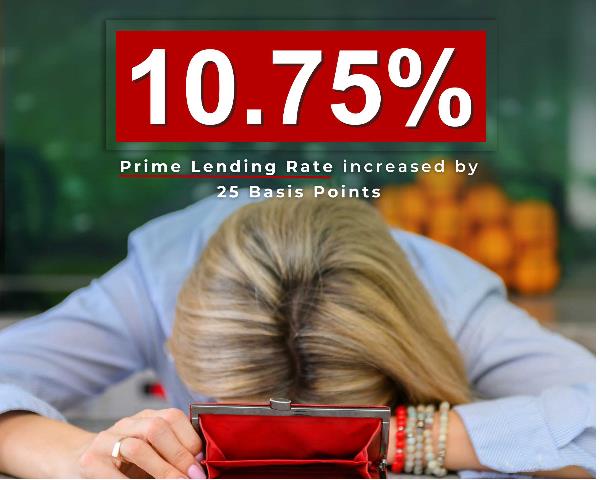



















![What is POPIA? [Part 1]](https://s3.entegral.net/news/Thumbnail_2021_10_18_11_53_39_403.jpeg)









